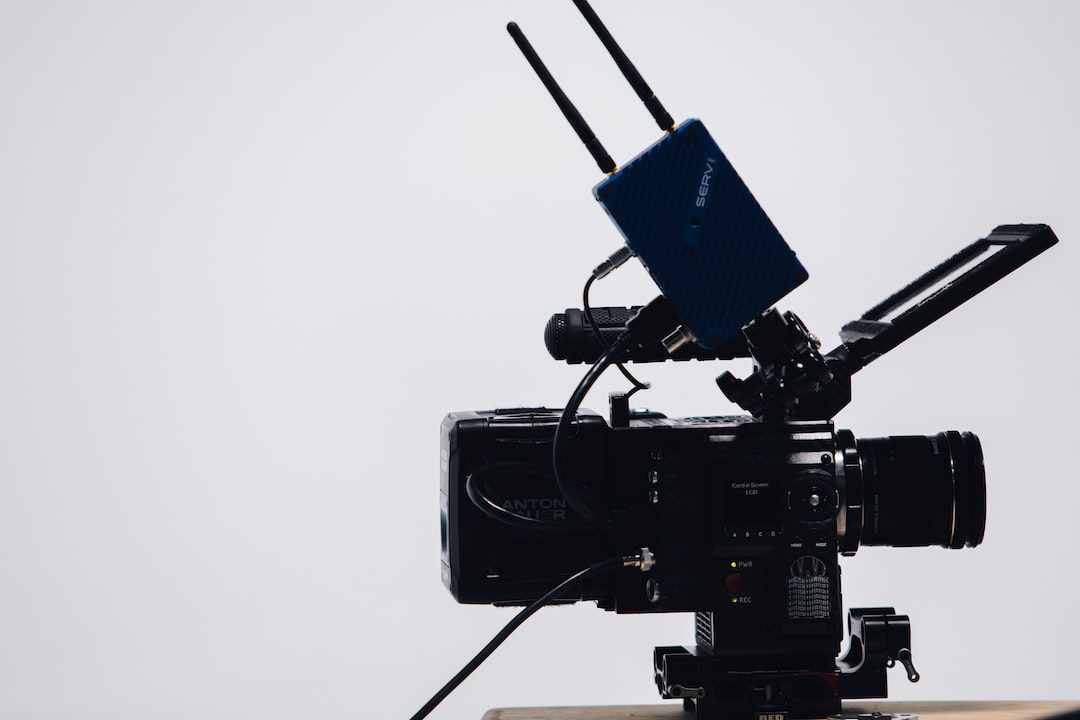The Art of Product Packaging in Production
Product packaging is an artform that often goes unnoticed by consumers. We may admire the product itself, appreciate its functionality, or even praise its design, but rarely do we stop to consider the packaging that encases it. However, the art of product packaging plays a vital role in the production process, and it is worth exploring the impact it has on both businesses and consumers.
Packaging is the first point of contact between a consumer and a product. It acts as an ambassador, representing the quality, value, and purpose of the item inside. On a basic level, packaging serves practical purposes such as protecting the product during transit and ensuring its integrity. It also addresses safety concerns, provides necessary information, and complies with regulatory requirements. But beyond these utilitarian aspects, packaging has the power to engage, captivate, and persuade consumers.
One of the primary goals of product packaging is to grab the attention of the target market. When faced with an array of choices on a store shelf or browsing through an online marketplace, consumers are naturally drawn to visually appealing packaging. The importance of aesthetics cannot be overstated in today’s competitive market, where brands vie for consumer attention amid a sea of distractions. Eye-catching packaging stands out from its competitors, piques curiosity, and entices potential buyers.
But good packaging goes beyond just looking pretty. It should reflect the brand image and values while conveying key messages. Consider the iconic Coca-Cola bottles or the sophisticated minimalism of Apple’s product packaging. These designs embody their respective brands and instantly evoke recognition. Consistency in packaging design builds brand loyalty and trust, as consumers associate certain qualities with the brand based on their previous experiences. This recognition and trust lead to repeat purchases and word-of-mouth recommendations.
Furthermore, packaging engages consumers through storytelling. It has the power to communicate the narrative behind a product, capturing the essence of its creation, its origin, and the inspiration behind it. Craft beer breweries, for example, often use unique packaging designs to tell the story of their brewing process or the local ingredients used. This storytelling aspect creates emotional connections, making consumers feel more connected to the product and the brand.
The art of packaging extends beyond visual appeal and storytelling; it also encompasses functionality. Packaging should make the product easy to use, store, and transport. Design elements such as handle cutouts, zippers, or resealable pouches not only enhance user experience but also differentiate the product from its competitors. Functional packaging solutions align with consumer needs, making the product more convenient and increasing its perceived value.
Sustainability is another crucial aspect of packaging design. In recent years, there has been a growing demand for eco-friendly, sustainable packaging options. Consumers are increasingly conscious of the environmental impact of their purchases and expect brands to follow suit. Incorporating sustainable materials, reducing waste, and designing for recyclability or reusability are all considerations that add value to the packaging and resonate with environmentally conscious consumers.
As technology continues to advance, so does the art of product packaging. Interactive packaging, such as QR codes or augmented reality features, can enhance the consumer experience by offering additional information, games, or exclusive content. This integration of technology into packaging opens up new possibilities for engagement and creates a unique user journey.
In conclusion, product packaging is an artform that encompasses much more than meets the eye. It serves as the first point of contact between a consumer and a product, influencing purchasing decisions and brand loyalty. The art of packaging lies in its ability to captivate, tell a story, enhance functionality, and align with consumer values. To truly appreciate the efforts put into packaging design, one must consider the intricate details, creative choices, and deliberate strategies that go into its production. So the next time you pick up a product, take a moment to admire the artistry behind its packaging, for it is an integral part of the overall consumer experience.

